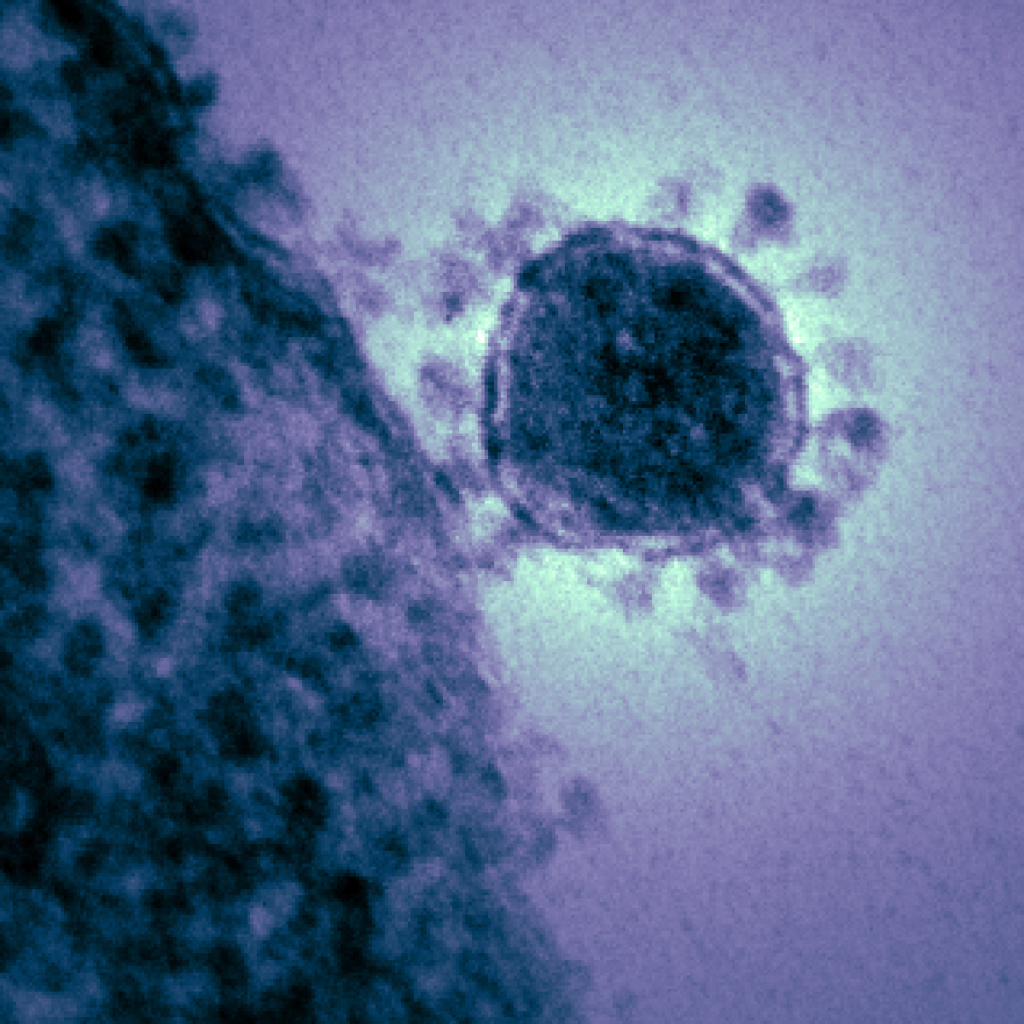Depending on your viewpoint, source of information and tolerance for risk, this can be a frightening time for persons all over the planet. The level of disruption to daily life that we’re all experiencing due to COVID-19 is unprecedented.
We are all either not working, working from home and away from our normal offices, or in some cases working many more hours to cover for sick coworkers and caring for SARS-CoV-2-infected persons.
But there is good news if you find that information is power. We hope that some information about the testing being used in the US for this novel coronavirus might be fuel for you, empowering in terms of information.
What is the Name of the Virus, and the Disease?
Since this is a global pandemic, the World Health Organization was instrumental in naming the virus and disease. From this web page: the disease is called COVID-19.
The coronavirus responsible for this disease is SARS-CoV-2.
Continue reading “Testing for COVID-19: How it Works”
